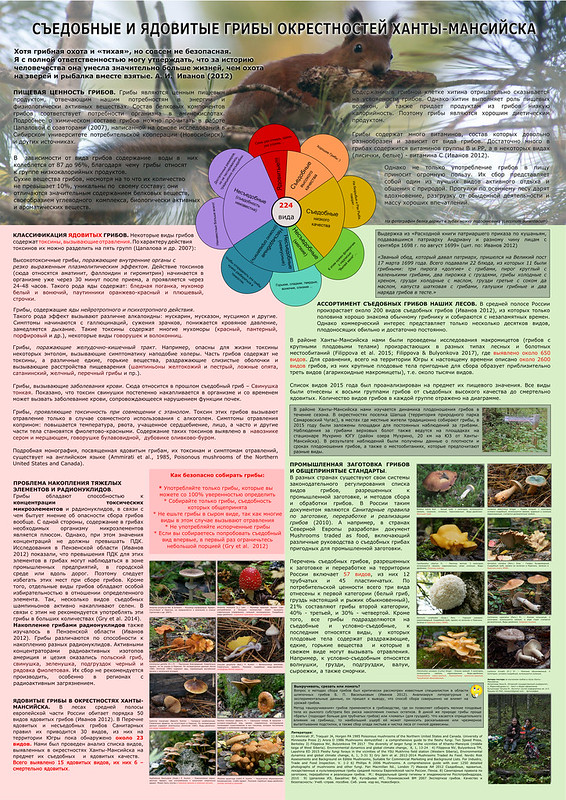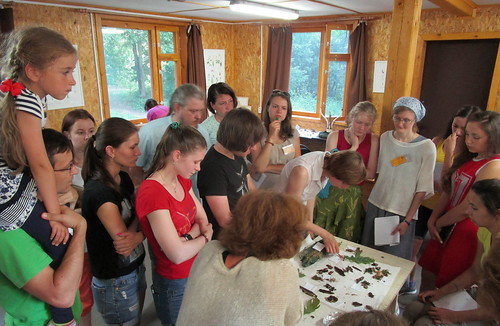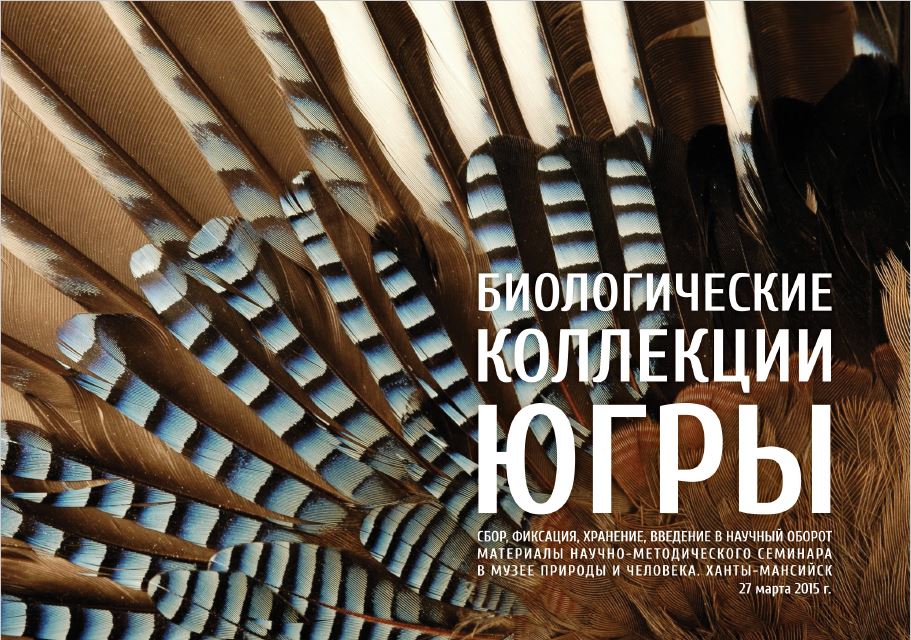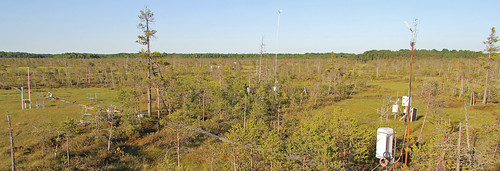Another autumn is coming and our annual Mushroom Festival opening soon. Colleagues from the Museum of Man and Nature are busy this week preparing the exhibitions, workshops and mushroom forays. I miss this time not participating in the event this year, but thanks to Tanya and Eugenia we’ve made two posters: «Edible and Poisonous mushroom species» and «Mushrooms for natural dyes». Zhenya will also present a workshop on dyeing with fungi at the Mushroom Festival, showing the dyeing process, our previous results and teaching the basics of dyeing. I hope that the event will collect many interested people and wish to everyone to enjoy it!
Архив рубрики: Без рубрики
After the conference «Species concept in Fungi..»
Five days of the conference «Species concept in Fungi…» is over and i am back with good memories and small souvenir collection of specimens. The conference was held at the biological station of Moscow State University in Zvenigorod, a beautiful place with protected sector of forest. The forest has interesting composition of conifers plus broadleaf trees: linden, maple, oak all unfamiliar to me and surprising. We were foraying each early morning and after-supper time, searching for interesting species and then swimming in fresh waters of Moscow river. One species from our collection is supposed to be a new for the macrofungi checklist of the station (so, we did not swim in vain). There was also one full day of field excursions with subsequent fungal exhibition, an excellent species diversity was presented on the table and wonderful comments accompanied by.
But, the main part of the meeting were lectures dedicated to molecular systematics and phylogeny of fungi in general and different groups in particular. Thus, mycologists are no more relying upon their eyes but use molecular techniques plus complex mathematical analyses for species systematics. And our eyes (and morphological characters) could say anything reliable about evolutionary process. Of course this is not news, but I still do not use these methods and working in traditional way. It is no use to die like a dinosaurs.. unless it would not be important from some other side of coin:) like ecology, or some practical reasons. But better to have different tools for exploring the world.
A conference proceedings are under the link (in Russian) http://mycol-algol.ru/materials/ZBS-School-2017.pdf
and my photo-memories uploaded to our album.
+ a collection from 30 specimens stored in our fungarium.
Many ways to represent your research results
I have only recently realized that there are many different ways one could represent the research results, or ways to apply them. The first and basic is publication of papers in scientific journals of course, but it could be modified in many ways to diversify and avoid boredom.
The short conference proceedings and abstracts are just touching the subject, but could be useful for communication during the meetings and for short reports.
The oral presentations are interesting because you could see a researcher personally, ..for a women it is also an opportunity to wear a beautiful dress, but i am a little clumsy as this of course :).
There is another recently developed option of publishing original data in public storage domains. The data should be provided with the description of the subject, methods etc. to be understable, so that it is also a publication on its own. Just recently we have published our first dataset in GBIF (http://www.gbif.org/dataset/7648036d-fdac-4ebe-8861-9a28134adae1) which represents the data collected during Shapsha macrofungi diversity project (ShapDiv).
Another option is to give lectures (i am always afraid of this, too difficult task for me:).
Yet another option, is to guide a student’s project (master project). This requires sufficient knowledge of the research area, as well as ability to speak in simple language, to spark interest and to show the prospects of such a project. I was always quite selfish and tried to work on my own (without students) in the past, but recently one student become interested in fungal dyers and we are starting to work together.
I will not talk about lectures-excursions and education courses in the field, which is yet another broad area.
Finally, at some intersection between scientific report and art are the Conference posters. Making one requires some artistic skills to lay the text+figures on a poster clearly and beautifully. Thus, we tried with this type recently making a poster for a conference «Species concepts in fungi: new look at old problems» which will be held soon in Zvenigorod. The paper which will describe this material in details is still coming, but the results were already represented in different other ways which makes this work even more interesting.
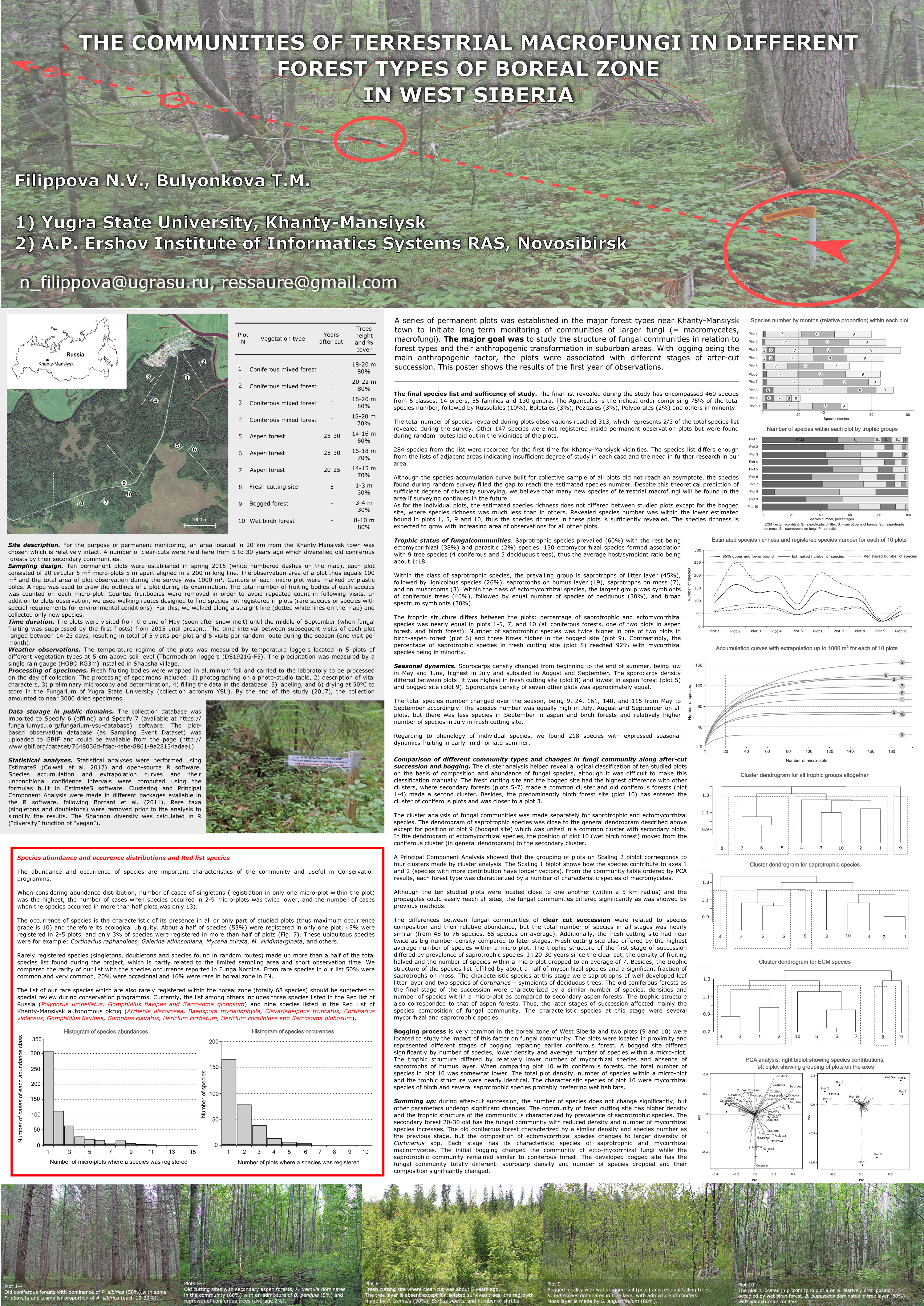
Do fungi in bogs depend on weather? — Peatland conference report
Tomorrow is the second day of our regular Peatland conference in West Siberia (https://mukhrinostation.com/projects/wspcc-2017) and i have prepared a report about fungal fruiting dynamics in bog ecosystems. It was interesting to analyze the data and to find some patterns after three years of observations. The results are rather descriptive at present as i was not able to work out the statistical analysis. Need to find an experienced colleague to work together on the correlation between fruiting dynamics and weather parameters and other mathematical analyses. Still, descriptive part is not less valuable at first stage, i believe. I hope that it will be possible to make the statistical analysis, write a paper in english and upload the data (a sampling event dataset) to GBIF finally.
Below are the presentation with the report (in Russian) and some interesting graphs showing aspects of macrofungi fruiting in the bog ecosystem near Khanty-Mansiysk (Mukhrino).
The Fourth Congress of Russian Mycologists
The fourth congress of Russian mycologists will start tomorrow in Moscow. This meeting encompasses high diversity of sections (totally 30!), round tables and workshops. The Congress is a chance to learn about different fundamental and applied disciplines of mycology developing in different parts in Russia. I am not sure if i will be able to assimilate all this different information but i can choose areas of my interests and will try to keep pace :).
Our report on «Plot-based survey of macromycetes in forests near Khanty-Mansiysk» will be presented in the section of Fungal ecology. The report with the presentation pictures could be found here (.pdf) [in Russian].
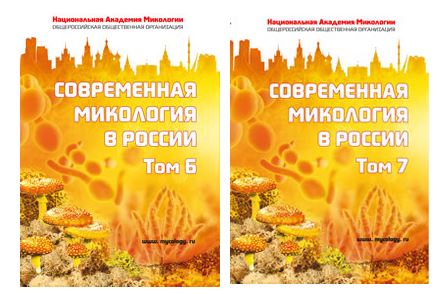
Biological collections of Yugra workshop
The workshop on Biological collections of Yugra will be held tomorrow in the Museum of Man and Nature in Khanty-Mansiysk. The tradition of this workshop was started two years ago. The researchers and museum managers made their reports and discussed problems of collections organization and functioning in the region.
Biological collections of Yugra — workshop resolution (2015) [in Russian].
The proceedings were published in electronic publication (and the paper edition is coming) [some papers in English, the most in Russian].
This year we are going to discuss the results of two years of work, new collections will be described and other questions. The workshop is dedicated to memory of an ecologist and the manager of the first Herbarium in Khanty-Mansiysk — Yuriy Gordeev. He also studied, photographed and collected larger fungi in the region.
Program of Biological collections of Yugra workshop — 2017 [in Russian]
The Fungarium YSU and the Museum of Man and Nature have close cooperation for several years organizing Fungi expositions and research field work.
I am allowed to make two reports in the workshop. The first one is dedicated to the IS Specify for collection management. It has been about two years since we use this IS and now i can share some skills with colleagues. The important objective is to organize an integrated database for biological collections in the region based on our UGRABIO DB in Specify (installed at YSU server). It could be a platform for researchers working in Nature Reserves in the Yugra to store their collections information and share it online. The final goal would be to export this integrated database to GBIF.
THE SPECIFY SOFTWARE FOR MANAGEMENT OF BIOLOGICAL COLLECTIONS OF YUGRA AND INTEGRATED DATABASE — the report and presentation [in Russian]
The second report is about Fungal exhibitions: their organization and importance for teaching and mycological science. We made several fungal expositions in Khanty-Mansiysk during last years and i thought that some analysis of how it could be done would be important for us. The report could be also transformed in more popular presentation for non-specialists (to Lektoiy which is getting popular in the town). It was very interesting for me to learn how fungal expositions are organized in different places in the world. I found many beautiful pictures in the Internet, and hope that the colleagues could be impressed by diverse ideas in this field too.
ABOUT FUNGI EXHIBITIONS: ORGANIZATION AND IMPORTANCE — the report and presentation [in Russian]
The exsiccates from Murmansk region received
An exchange of Exsiccates is important tradition between Herbaria designed to distribute collections among researches and increase safety of the specimens. Up to date, we have not made our own Exsiccates and have not received them from other organizations. Now the first exchange was made with the Institute of North Industrial Ecology Problems of the North of the Kola Science Center of the RAS (INEP). They sent to us 13 specimens of Aphyllophoraceous fungi as an exchange. We will form our feedback soon according to the request of the groups of their interest.
We could also make Exsiccates of our Fungarium in future. This would require publication of the list of specimens, specimen preparation and dispatch to required list of organizations. The algorithm should be worked out and the cross-border shipment problems should be solved before.
P.s.: думала что для такого типа обмена в Specify нужно использовать Exchange In, создала такой объект, но не смогла привязать к соответствующему списку образцов. Буду узнавать как это работает, а пока внесла все метаданные о получении эксикатов в таблицу Поступления (Accession) (YSU-F-001).
New books in actual (paper) library
ПОПОЛНЕНИЯ В БУМАЖНОЙ БИБЛИОТЕКЕ!
Из поездки на Конференцию привезла несколько книг в библиотеку Фунгария + накопилось за предыдущее время: обновила каталог и добавила новых гостей на книжную полку.
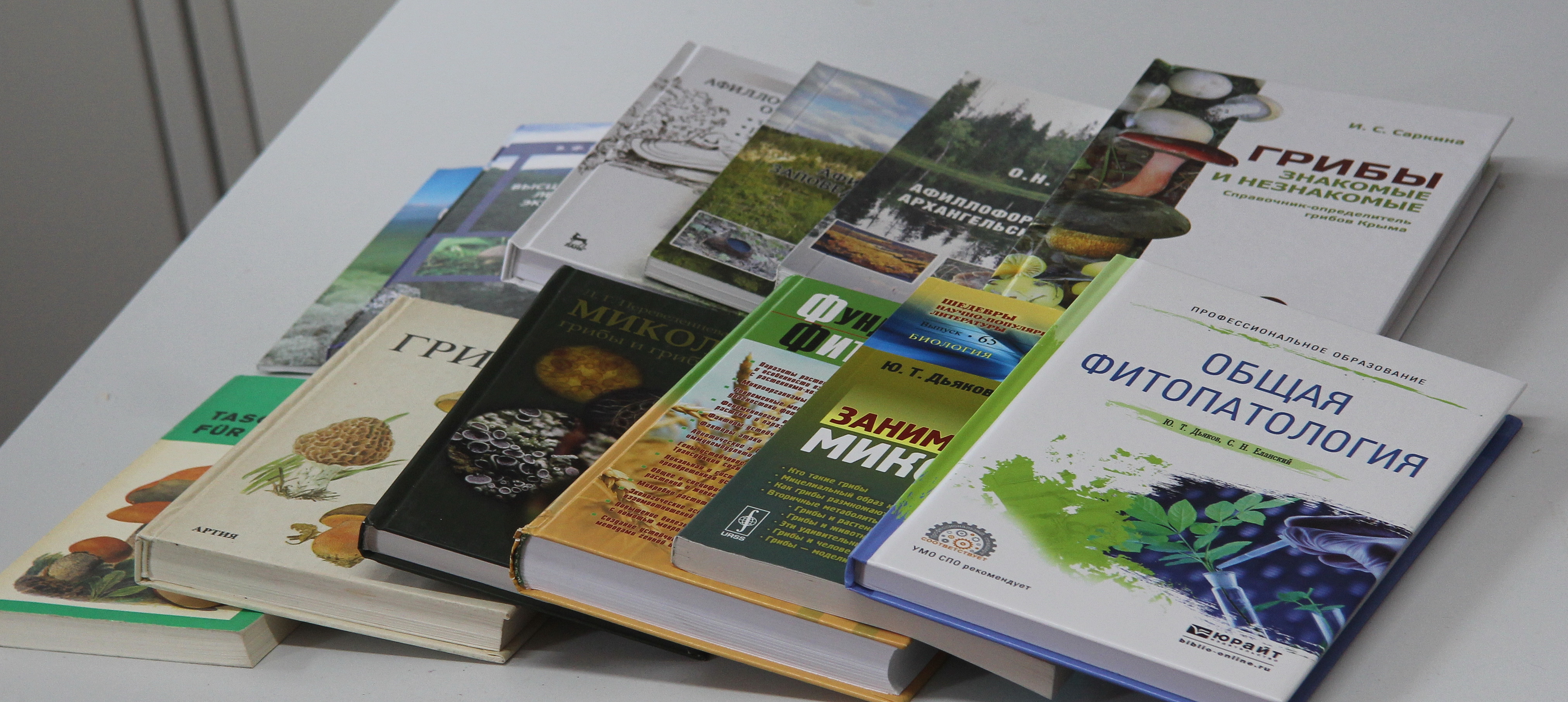
Замечательное иллюстрированное научно-популярное издание о флоре и экологии грибов от Юлии Химич (мы ходили на экскурсию в гербарий Института проблем промышленной экологии севера КНЦ РАН, Апатиты):
Химич, Ю.Р., Руколайнен, А.В., Предтеченская, О.О., 2016. Грибы заповедника “Пасвик” [Fungi of Pasvik Nature Reserve]. НП “Голос губернии,” Рязань.
Сергей Большаков привез в подарок из БИНа несколько монографий по региональным флорам:
- Малышева, В.Ф., Малышева, Е.Ф., 2008. Высшие базидиомицеты лесных и луговых экосистем Жигулей. Товарищество научных изданий КМК, СПб.
- Волобуев, С.В., 2015. Афиллофороидные грибы Орловской области: таксономический состав, распространение, экология: Монография. Издательство “Лань,” СПб.
- Ежов, О.Н., Ершов, Р.В., Руколайнен, А.В., Змитрович, И.В., 2011. Афиллофоровые грибы заповедника “Пинежский.” РИО УроРАН, Екатеринбург.
- Ежов, О.Н., 2013. Афиллофоровые грибы Архангельской области. Екатеринбург.
Три научно-популярных книжки от Елены Дмитриевны: первая куплена в поездке в Крым, и две старые книжки из ее личной библиотеке переданы в нашу:
- Саркина, И.С., 2013. Грибы знакомые и незнакомые. Справочник-определитель грибов Крыма. Бизнес-Информ, Симферополь.
- Hennig, B., Kreisel, H., 1987. Taschenbuch fur pilzfreunde, Veb Gustav Fischer Verlag. ed. Jena.
- Клан, Я., 1984. Грибы. Артия, Прага.
Четыре учебника по Микологии и фитопатологии ввиду необходимости вести этот курс в 2018 году у магистрантов кафедры биологии ЮГУ:
- Дьяков, Ю.Т. (Ed.), 2012. Фундаментальная фитопатология. КРАСАНД, М.
- Дьяков, Ю.Т., 2012. Занимательная микология. Книжный дом “ЛИБРОКОМ,” Москва.
- Переведенцева, Л.Г., 2012. Микология. Грибы и грибоподобные организмы.
- Дьяков, Ю.Т., Еланский, С.Н., 2016. Общая фитопатология. Издательство Юрайт, М.
IT in botany conference is coming!
A long-awaited conference on information technologies in collections management is coming and i am preparing to participate.
Apatity, Murmansk Province, March, 28–31, 2017
Conference web page
The conference PROGRAM
The full conference name is International Conference «The use of modern information technologies in botanical investigations».
There are three sections:
- Section «Information Systems and databases»
- Section «Modern information technologies in the data processing»
- Section «The use of remote sensing methods in the vegetation mapping and biodiversity studies»
but the second one is the most interesting in the context of Fungarium organization and functioning. And several round tables are also going to discuss important questions of databases organization.
My report will be focused on YSU Fungarium organization and collection content and our database in Specify; and i hope to share with colleagues the experience of collection management and work in Specify. It will be also helpful to discuss problems of fungal collections databases in Russia in general and what system we are going to adhere in future (there is no common database presently and different institutions are managing their own products). Some problems with our database (like Taxonomical tree organization, pictures management etc.) could be discussed and solved as well.
The abstracts of the conference papers will be published and distributed at the event. But i also decided to publish the report here in blog (that differs from the abstract and has presentation picture in it) so that i could save it for future.
FUNGARIUM OF YUGRA STATE UNIVERSITY AND ITS DATABASE presentation (pdf) [in Russian]
The conference administrators warned us about bright sun at this time of year in Apatity (while snow cover is still staying). So, hoping to come back a little tanned from the conference..^)
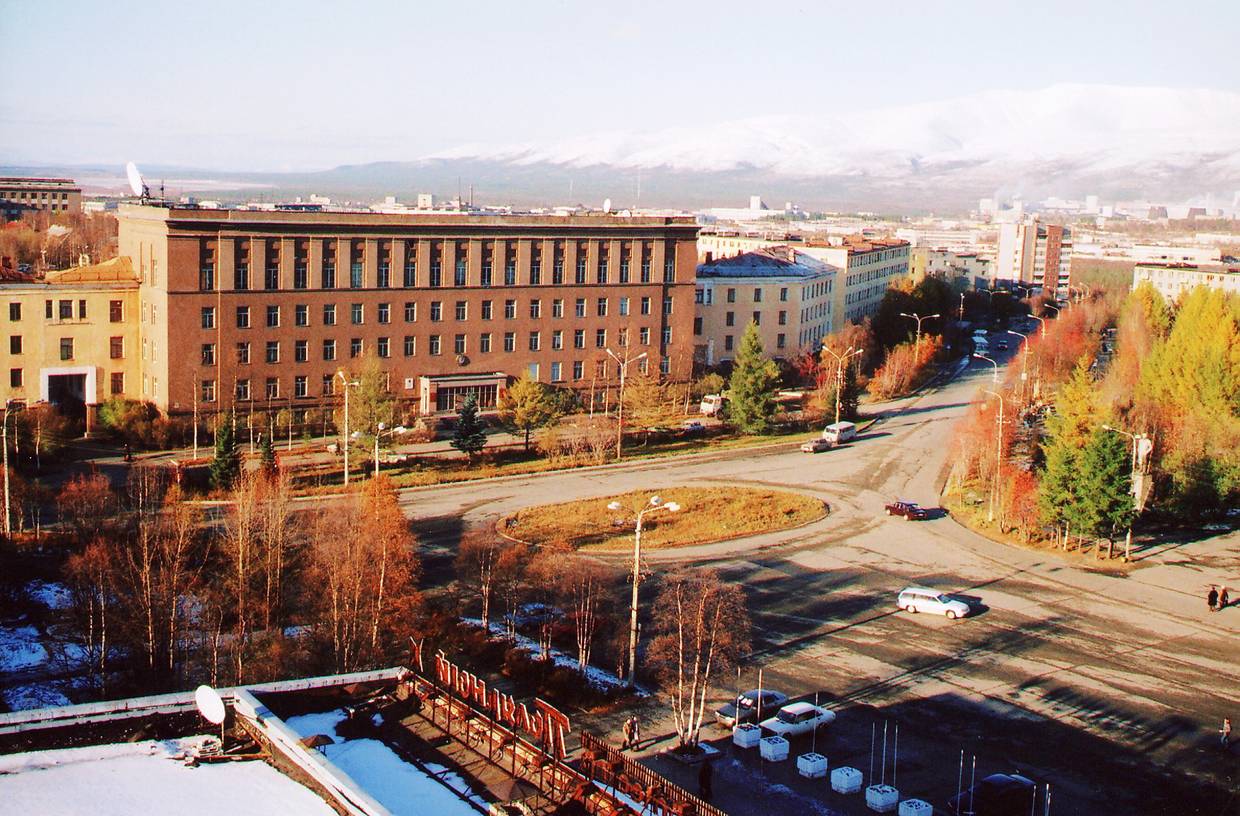
Mushroom rain?..
There is a type of rain (in Russian at least, it is literally called «Mushroom rain» — Грибной дождь) which is said to be linked to mushroom fruiting and therefore, the beginning of mushroom hunt. It is short drizzling warm rain that also alternates with sunny intervals. These mushrooms should be quite exigent and are not devoid of artistic talents. Are they?..
Perhaps i will know more about this Mushroom rain believability soon, as i am currently processing the meteorological data which accumulated during several years of MFS existence. There are 300 data series already!!! A jubilee!! 🙂 But most of them were not preprocessed at all and there are a lot of gaps due to absence of regular control and organization. We can do better in future, i believe.
There are many interesting parameters in terms of fungi which are collected in Mukhrino bog and in nearby forest: air temperature, soil temperature, humidity and heat flux, precipitation, and others. Therefore i hope that this temporal change of profession will be useful in some sense.
This page made for the mukhrinostation website but temporarily will be here on Fungarium site as well: https://fungariumysu.org/weather-station/


